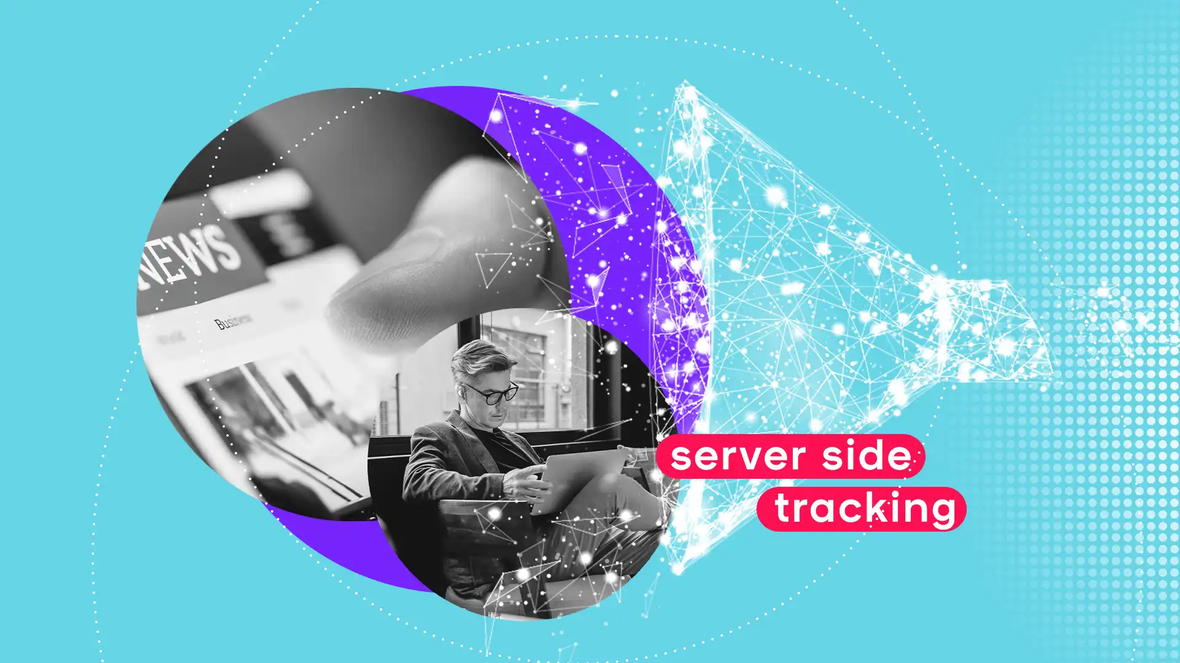Just when you’d started to wrap your head around the issues to do with third party cookies and GDPR, along comes something else to befuddle you. Server side tracking isn’t a new idea, but as data privacy, data ownership and GDPR compliance become increasingly important, it’s fast becoming a more attractive option to businesses reliant on the insights that data analytics can provide.
Tracking data is essential for many businesses in the digital sphere, but if you’re not a data genius you can be entirely forgiven for not having thought too hard about how this actually works. At what point is data collected? Directly from clients? Via a processor? What are the issues with these solutions?
We wouldn’t want to describe what follows as an idiot's guide, per se, but it’s certainly useful for anyone who feels they could do with a bit of a primer about the issues at stake. Read on.


